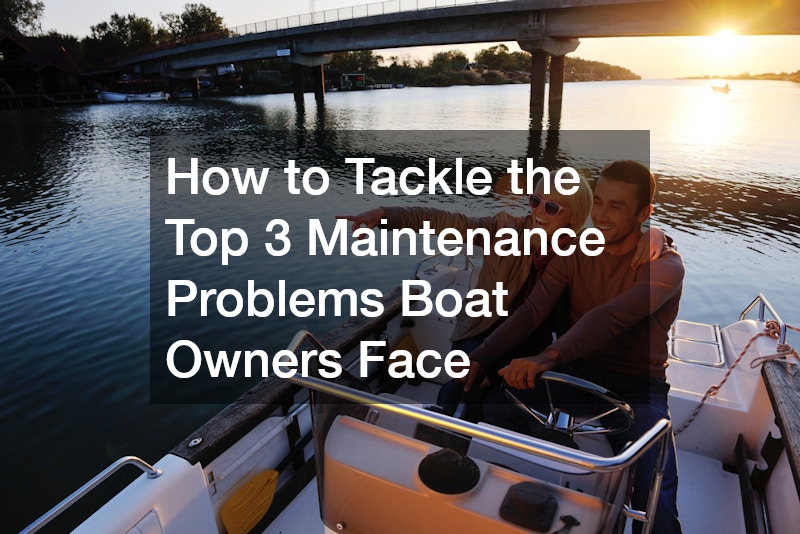
Setting up a dock requires careful planning and a range of essential boat dock supplies to ensure safety and functionality. This article will guide you through the must-have items for a secure and efficient boat docking experience. Ensuring that your boat dock is well-equipped fosters not only safety but also adds to the overall enjoyment of your waterside activities.
What are the Must-Have Safety Supplies for a Boat Dock?
Life Jackets and Personal Flotation Devices
Having a selection of life jackets and personal flotation devices is crucial for ensuring the safety of everyone using the dock. These items provide the necessary buoyancy to keep individuals afloat in case of an accidental fall into the water. The availability of flotation devices in various sizes ensures that every visitor, regardless of age or swimming ability, has adequate protection.
Beyond personal safety, properly stocked flotation devices contribute to a culture of preparedness and responsibility. Life jackets should meet specific safety standards and be checked regularly for wear and tear. The peace of mind that comes with having these tools available cannot be overstated, particularly during unexpected water emergencies.
In addition to flotation devices, understanding the proper use and maintenance of these items can greatly reduce risk. Always store life jackets in an accessible location for rapid deployment. Education on the correct sizing and usage of flotation devices is an important part of dock safety.
Dock Lines and Fenders
Dock lines and fenders are critical in preventing damage to boats and docks as they cushion and secure vessels against movement and weather. The choice of dock lines should be influenced by boat size, dock type, and weather conditions. High-quality materials ensure durability and performance under various marine conditions.
Fenders act as a soft barrier between the boat and the dock, safeguarding surfaces from impact. Selecting the right fenders depends on boat size and the docking environment, with options ranging from cylindrical to spherical shapes. Regularly inspecting dock lines and fenders for wear ensures they remain effective.
Investing in the proper equipment not only protects property but also enhances user confidence in docking procedures. Correct storage and maintenance of these items prevent premature wear and prolong their lifespan. Properly trained personnel can effectively manage docking procedures and ensure that all equipment serves its intended purpose efficiently.
How to Ensure Your Boat Dock is Secure and Functional?
Docking Hardware and Anchoring Systems
Docking hardware and anchoring systems provide the critical support needed for dock stability and security. Choosing robust and weather-resistant hardware can prevent structural issues that may arise from harsh environmental conditions. Anchoring systems should be carefully chosen based on the maritime environment and weight they are expected to support.
Proper installation of anchoring systems ensures that docks remain secure even under stress. Routine inspections and maintenance of these systems can preempt potential failures resulting from wear or corrosion. Expertise in selection and installation can optimize dock performance and lifespan.
Enhanced dock security with the right hardware contributes to a smooth and worry-free docking experience. Consider both traditional and modern systems to find the best fit for your specific dock setting. Continuous education on the latest advancements in docking technology helps maintain an efficient setup.
Regular Maintenance and Inspection Routines
Continuous maintenance and routine inspections are vital for the prolonged safety and function of the dock. These processes involve checking structural stability, hardware integrity, and the state of safety equipment. Scheduled maintenance identifies potential issues before they escalate, ensuring the dock remains safe and operational.
Documentation of each inspection provides a record for compliance and future reference. Regular cleaning and care prolong the life of materials used in dock construction. Employing professionals for periodic inspections can lead to more accurate assessments and timely repairs.
Inspections should include tests of electrical systems, lighting, and floatation devices to confirm effectiveness. Establishing a checklist for regular maintenance ensures no aspect of the dock is overlooked. Consistently staying ahead of potential problems reduces downtime and enhances safety for all dock users.
In conclusion, a well-equipped boat dock is essential for safety and enjoyment. By investing in the right supplies and maintaining a routine inspection, you can create a secure and welcoming environment for all boating activities. Regular updates and advancements in dock technology should be integrated into planning, ensuring the setup remains both functional and safe.
.




